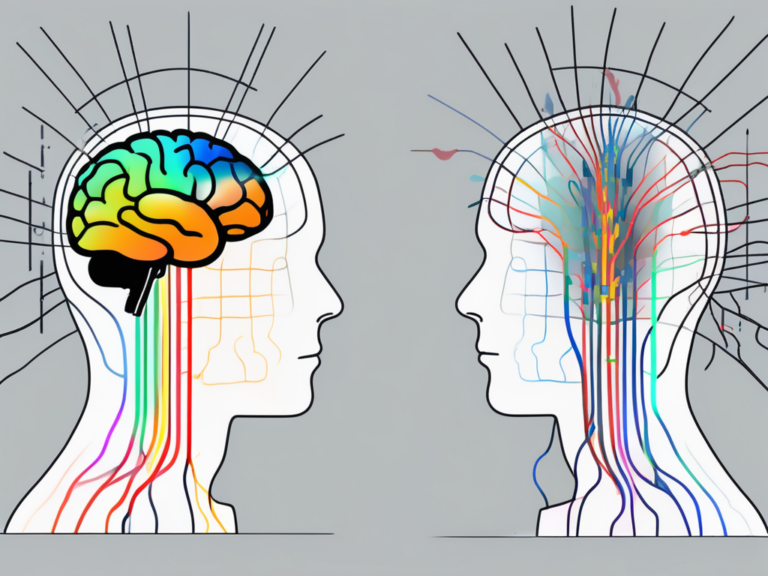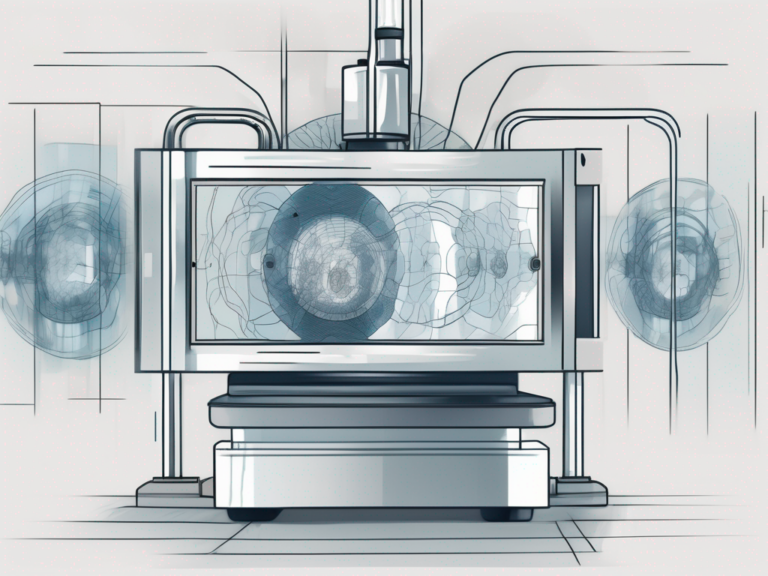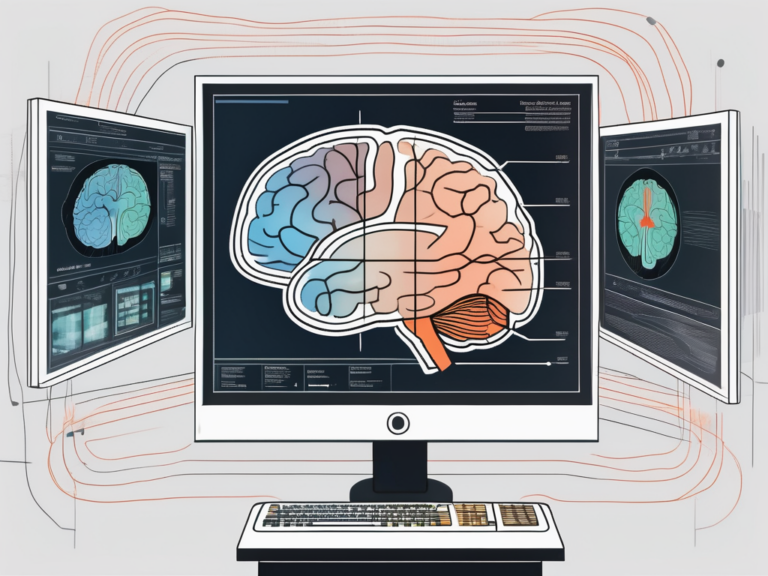what is the main difference between an mri scan and an fmri scan?
MRI and fMRI scans are commonly used diagnostic tools in the field of medicine. They both provide detailed images of the body’s internal structures, but there are key differences between the two. Understanding these differences can help patients and healthcare professionals determine which scan is most appropriate for their needs.
Understanding the Basics of MRI Scans
MRI, which stands for Magnetic Resonance Imaging, is a non-invasive imaging technique that uses a strong magnetic field and radio waves to generate detailed images of the body. Unlike X-rays or CT scans, MRI does not use ionizing radiation, making it a safer option for patients.
The science behind MRI scans involves the interaction between the body’s hydrogen atoms and the magnetic field. When inside the MRI machine, the hydrogen atoms align with the magnetic field. By applying radio waves, the atoms are temporarily disrupted and emit signals. These signals are then processed by a computer to create images of the body’s tissues and organs with exceptional clarity.
MRI scans are commonly used to diagnose and monitor conditions affecting various parts of the body, including the brain, spine, joints, and internal organs. They can provide detailed information about the structure, functionality, and blood flow in these areas.
One fascinating aspect of MRI technology is its ability to differentiate between different types of soft tissues in the body. This is particularly valuable in the field of neuroimaging, where MRI can distinguish between gray matter, white matter, and cerebrospinal fluid in the brain. This level of detail is crucial for detecting abnormalities such as tumors, lesions, or signs of neurodegenerative diseases.
Furthermore, MRI scans can also be enhanced with contrast agents to improve the visibility of certain structures or abnormalities. These contrast agents, such as gadolinium-based dyes, help highlight specific areas of interest within the body, providing even greater diagnostic accuracy.
Delving into the Details of fMRI Scans
fMRI, or functional Magnetic Resonance Imaging, is a specialized type of MRI scan that measures brain activity by detecting changes in blood oxygenation. It allows researchers and healthcare professionals to observe which areas of the brain are active during different tasks or stimuli.
The technology behind fMRI scans is similar to traditional MRI, with the additional capability of detecting changes in blood flow. When brain activity increases in a specific region, blood flow to that area also increases. This change in blood oxygenation can be measured by fMRI and translated into colored maps, providing valuable information about brain function.
Typical applications of fMRI include studying brain disorders, mapping brain activity during cognitive tasks, and identifying brain regions involved in specific emotions or behaviors. It has revolutionized our understanding of the human brain, with applications in neuroscience, psychology, and medical research.
One fascinating aspect of fMRI scans is their ability to capture real-time brain activity. By monitoring changes in blood flow and oxygenation, researchers can track the brain’s response to various stimuli with remarkable precision. This dynamic view of brain function has opened up new avenues for studying complex cognitive processes and neurological conditions.
Furthermore, fMRI technology continues to evolve, with ongoing research focused on improving spatial resolution and sensitivity. Advanced imaging techniques are being developed to enhance the accuracy of mapping brain activity, providing researchers with increasingly detailed insights into the intricate workings of the brain.
Key Differences Between MRI and fMRI Scans
While both MRI and fMRI scans share similarities, they have significant differences in imaging techniques and purposes:
Differences in Imaging Techniques
MRI scans primarily focus on obtaining detailed structural images of the body’s tissues and organs. The images are static and provide valuable information about anatomical conditions such as tumors, injuries, or abnormalities. In contrast, fMRI scans capture dynamic images that showcase changes in brain activity over time, allowing researchers to assess brain function.
It’s important to note that MRI machines use strong magnetic fields and radio waves to generate images, whereas fMRI machines detect changes in blood flow to different areas of the brain, indicating neural activity levels. The contrast in imaging techniques between MRI and fMRI underscores their distinct roles in medical diagnosis and research.
Variations in Purpose and Usage
MRI scans are primarily used to diagnose and monitor various medical conditions affecting different parts of the body. They help identify abnormalities and assist in treatment planning. On the other hand, fMRI scans are primarily used for research purposes, exploring brain function and studying neurological disorders. They are less utilized for clinical diagnosis or routine medical care.
Researchers often use fMRI scans to investigate cognitive processes, emotions, and responses to stimuli in the brain. By analyzing the patterns of brain activity revealed through fMRI scans, scientists can gain insights into conditions like Alzheimer’s disease, schizophrenia, and even addiction. This specialized focus of fMRI scans highlights their unique contribution to advancing our understanding of the complexities of the human brain.
Making the Choice: MRI or fMRI?
When choosing between an MRI and fMRI scan, several factors need consideration:
Factors to Consider When Choosing Between MRI and fMRI
The intended purpose of the scan is crucial. If there is a need to assess structural abnormalities or investigate conditions in organs outside the brain, an MRI scan is the appropriate choice. However, if the focus is on studying brain activity or understanding brain disorders, an fMRI scan is the preferred option.
Another vital factor is the availability of equipment and expertise. While MRI machines are more widely accessible, fMRI scanners may be limited to specialized research centers or large medical facilities.
Furthermore, it’s important to consider the duration of the scan. MRI scans typically take longer than fMRI scans because they focus on capturing detailed images of the body’s structures. In contrast, fMRI scans are more focused on monitoring changes in blood flow to specific areas of the brain, allowing for real-time observations of brain activity.
Understanding the Risks and Benefits of Each Scan
Both MRI and fMRI scans are generally safe and non-invasive. However, individuals with certain medical devices, such as pacemakers or metal implants, may not be suitable candidates for MRI due to potential safety risks. It is essential to discuss any relevant medical history with a healthcare professional before undergoing either scan.
It is important to note that while MRI and fMRI scans provide valuable information, they do not replace a thorough medical evaluation. The interpretation of scan results should always be done in conjunction with clinical assessment and expertise.
Future Developments in MRI and fMRI Technology
Advancements in MRI technology continue to improve image quality, reduce scan times, and enhance patient comfort. Innovations such as higher field strength magnets, advanced imaging sequences, and improved software algorithms contribute to more accurate diagnoses and better treatment planning.
Similarly, advancements in fMRI scanning techniques offer exciting possibilities for brain research. Researchers are continually refining methods to better understand brain function and disorders, potentially leading to improved treatment options.
Innovations in MRI Technology
One area of development is the use of artificial intelligence and machine learning algorithms to assist in image analysis and interpretation. These technologies have the potential to enhance the efficiency and accuracy of MRI scans, leading to more precise diagnoses.
Furthermore, researchers are exploring the use of novel contrast agents to improve the visualization of specific tissues and structures. These agents, when combined with advanced imaging sequences, can provide detailed information about blood flow, tissue perfusion, and cellular metabolism. This level of specificity can greatly aid in the diagnosis and monitoring of various diseases, including cancer, cardiovascular disorders, and neurological conditions.
Advancements in fMRI Scanning Techniques
New approaches in fMRI imaging aim to increase spatial and temporal resolution, enabling more detailed mapping of brain activity. Integration with other neuroimaging modalities, such as EEG or PET scans, holds the promise of providing a comprehensive understanding of brain function.
Moreover, researchers are investigating the potential of real-time fMRI, which allows for the monitoring of brain activity as it occurs. This dynamic imaging technique has the potential to provide valuable insights into the brain’s response to various stimuli and interventions, opening new avenues for personalized medicine and treatment optimization.
While MRI and fMRI scans share similarities, they serve different purposes in the medical field. Understanding the key differences and considering individual needs and circumstances can help make an informed decision about which scan is most appropriate. As technology continues to advance, the future looks promising for both MRI and fMRI, offering enhanced diagnostic capabilities and furthering our understanding of the human body and brain.






